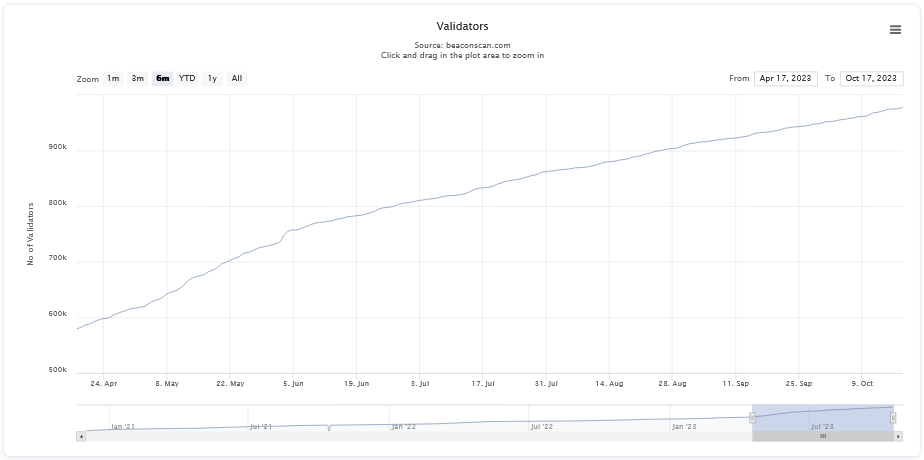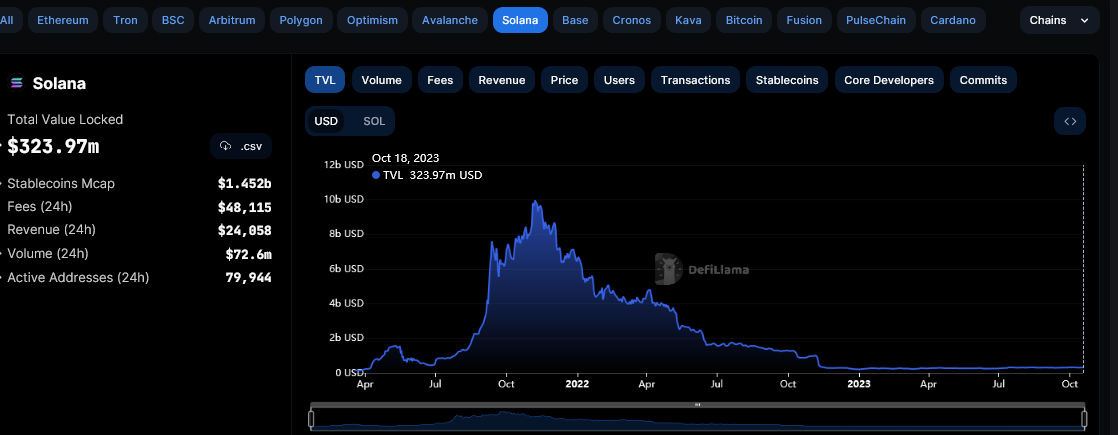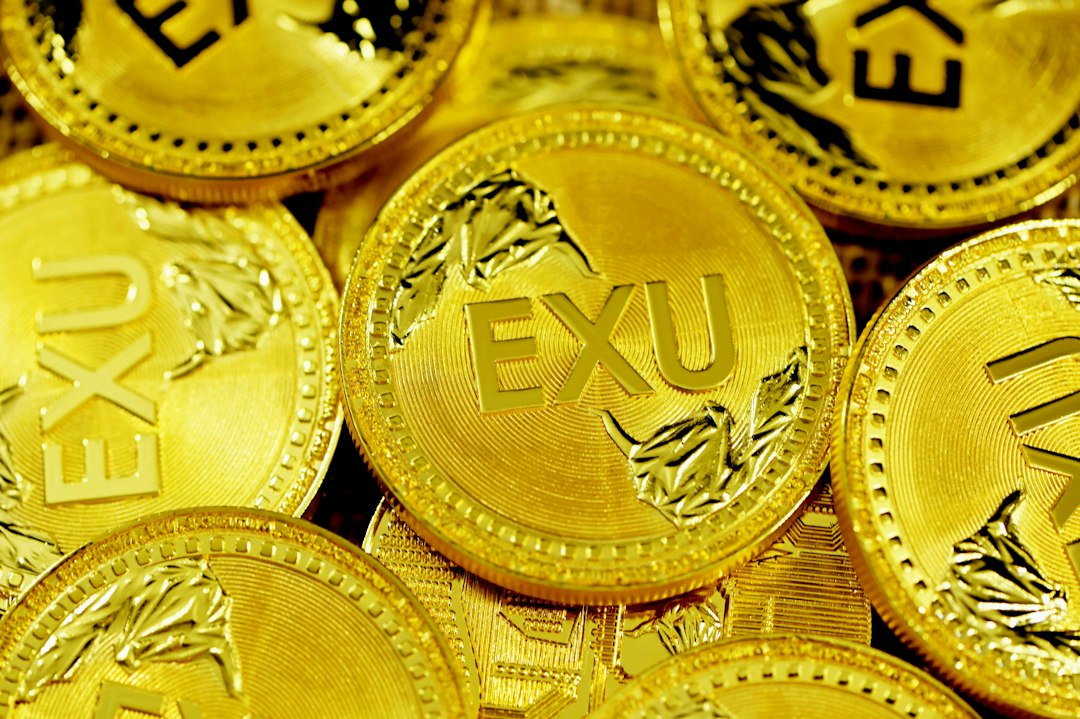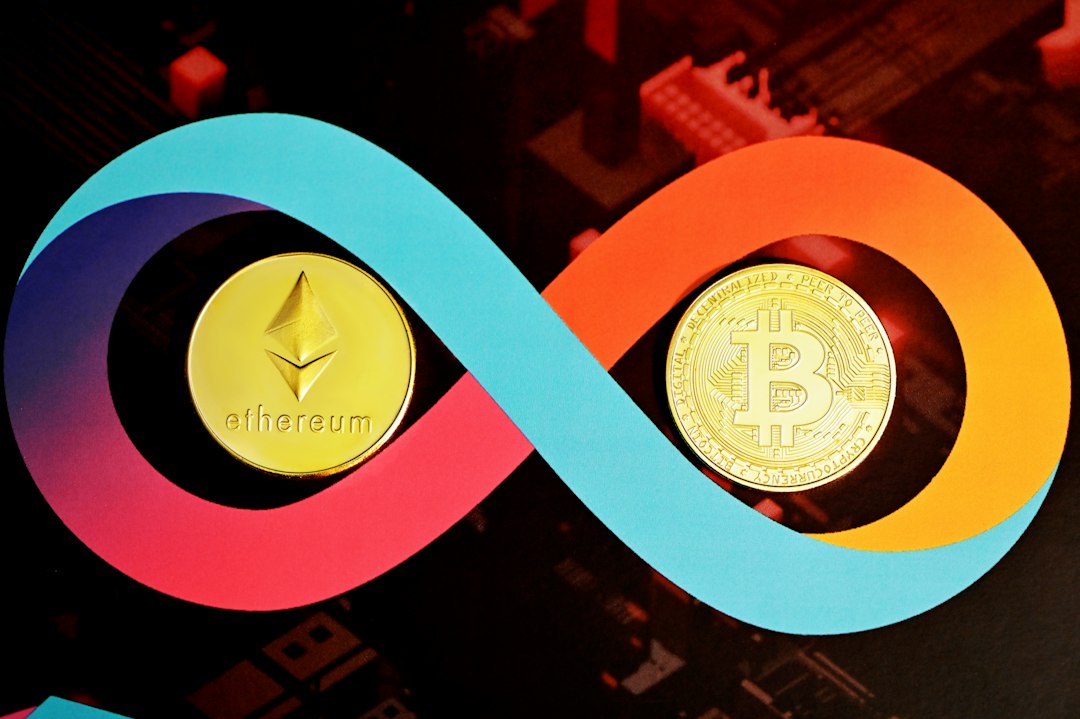Solana Leads in Energy Efficiency, but Ethereum Remains Strong
While both Ethereum and Solana target the same user base, Solana is a generation-4 blockchain that aims to overcome the challenges faced by the original smart contract platform. It offers better performance and higher throughput, although concerns have been raised about its reliability.
In terms of energy efficiency, Solana is leading the race according to a developer known as “0xIchigo.” Comparing the energy consumption of different networks, Bitcoin spends 5 billion Joules for each confirmed transaction, while Ethereum uses 144k Joules. In contrast, Solana consumes only 658 Joules per transaction, which is less than a typical Google search.
The high energy consumption of Bitcoin is due to its proof-of-work consensus algorithm, which requires miners to solve cryptographic problems using electricity-intensive equipment. On the other hand, Ethereum has transitioned to a proof-of-stake system that relies on validators staking at least 32 ETH. As of October 18th, there were over 978,000 validators for Ethereum and more than 1,970 validators for Solana.

Ethereum’s Dominance and Activity
While energy efficiency is important, the activity on a smart contract platform is also crucial. Ethereum remains one of the most active platforms, as seen from its total value locked (TVL) in decentralized finance (DeFi) protocols, which exceeds $20 billion. In comparison, Solana lags behind with around $324 million in TVL.

Although Solana has its advantages, such as energy efficiency, 0xIchigo believes that Ethereum and its virtual machine (EVM) are “too large to ignore.” However, the developer acknowledges that the EVM’s rigidity and scalability issues make it less desirable for payment companies due to fluctuating transaction fees.
Hot Take: Ethereum and Solana Each Have Their Strengths
While Solana may be leading in terms of energy efficiency, Ethereum’s established position in the market and its active ecosystem make it a strong contender. Both platforms have their strengths and weaknesses, and it ultimately depends on the specific needs and preferences of developers and users. As the crypto space continues to evolve, competition between these platforms will drive innovation and improvements in energy efficiency, scalability, and usability.





 By
By
 By
By
 By
By
 By
By

 By
By